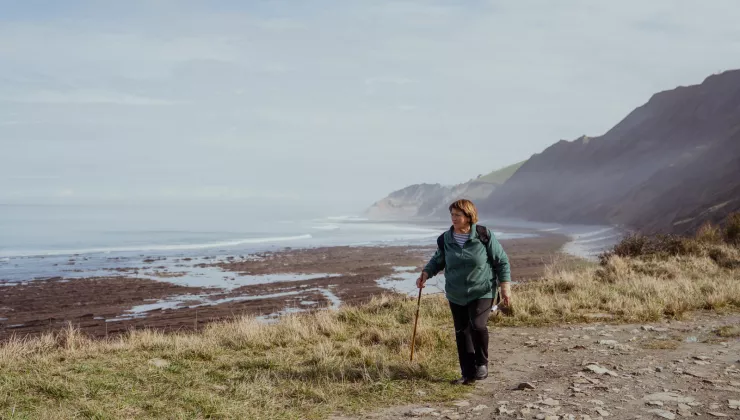Welcome to The BackBeat!
Your go-to guide for epic adventures. Dive into tales from the road and trail, straight from our expert Trip Leaders, and get the inside scoop on planning your next escape. From pro tips and a peek behind the scenes to bucket-list destinations and unforgettable travel stories, inspiration is here.














